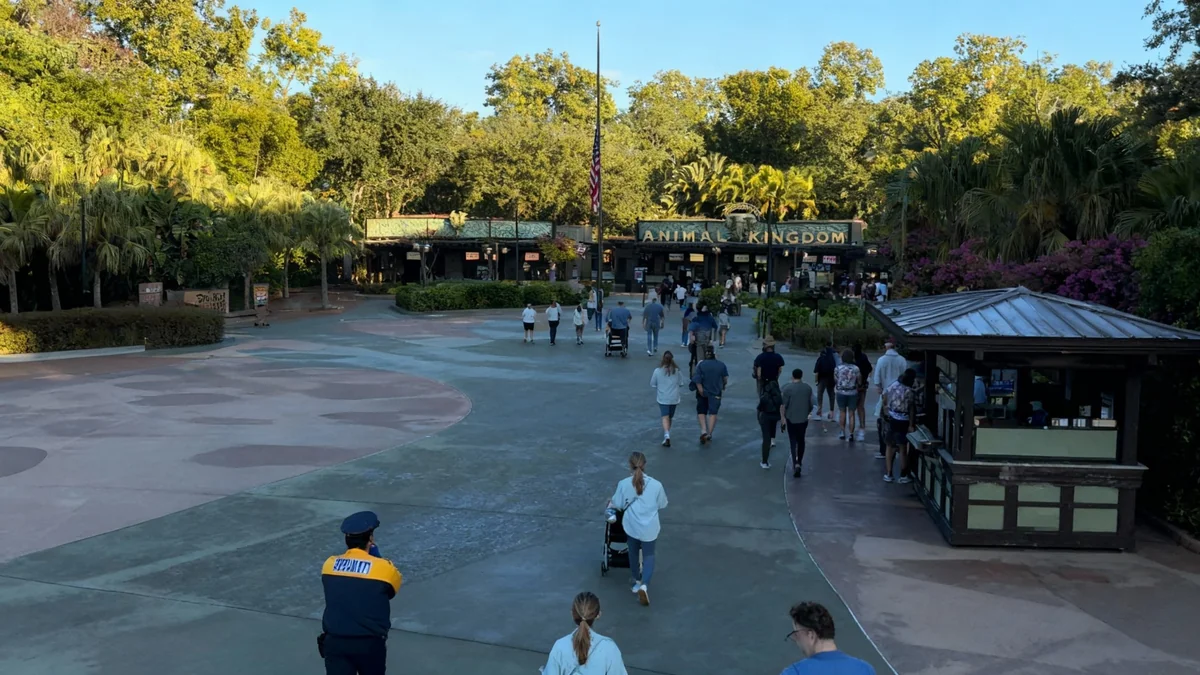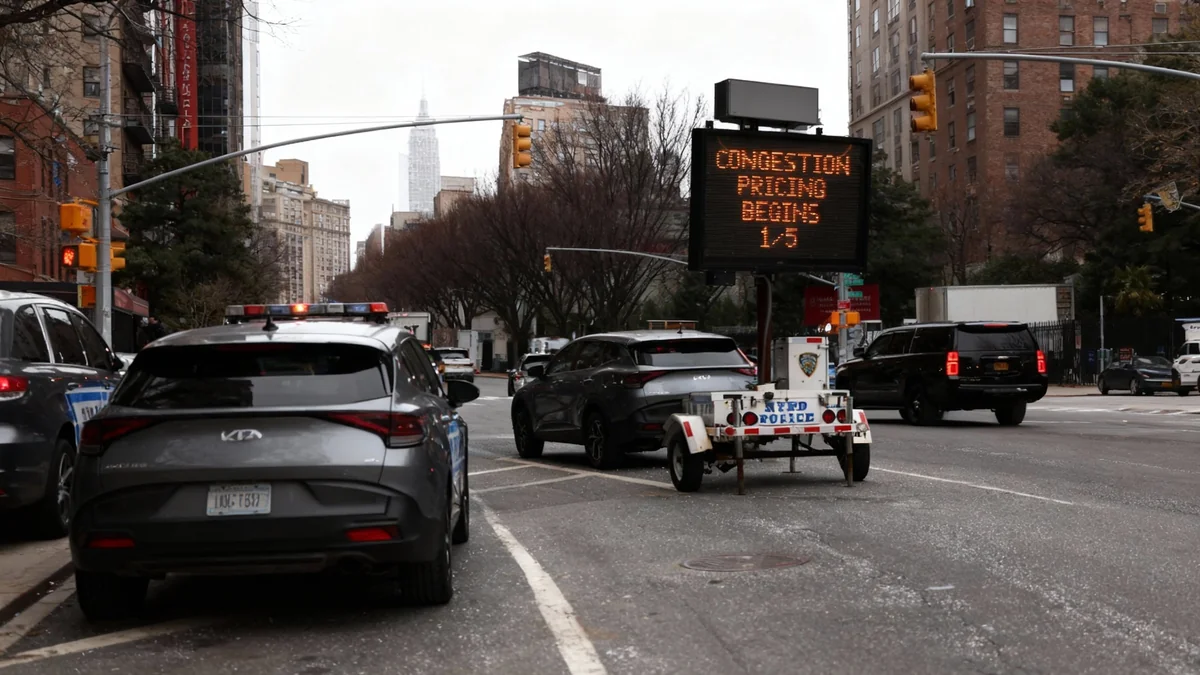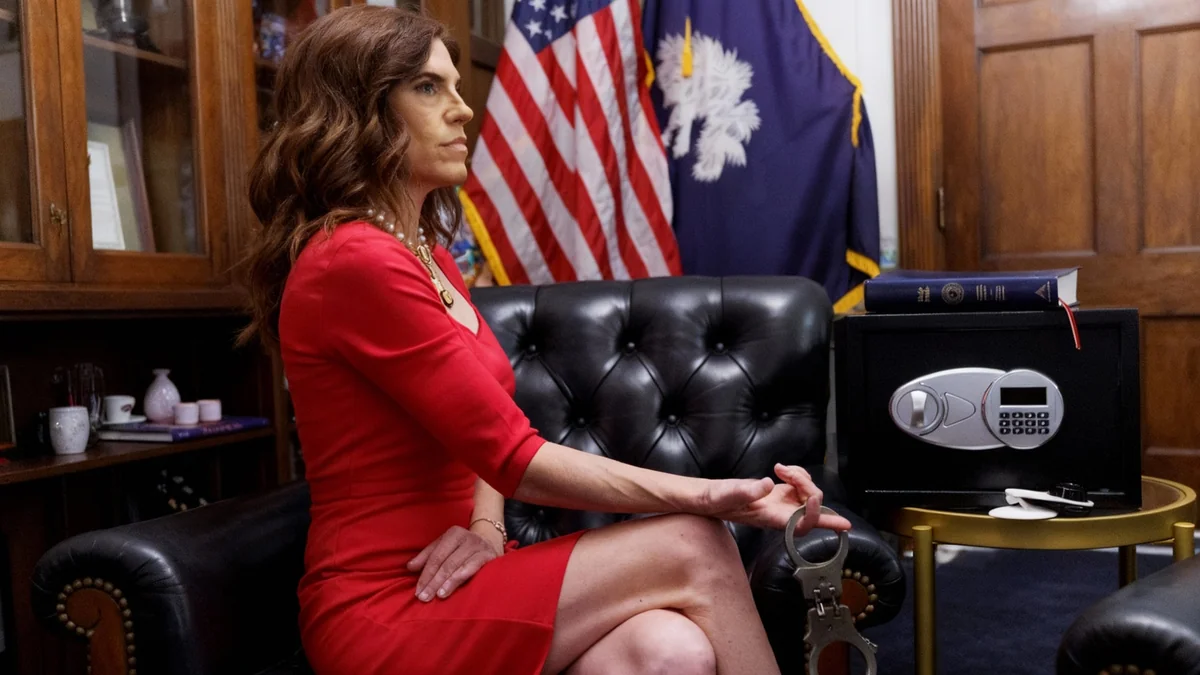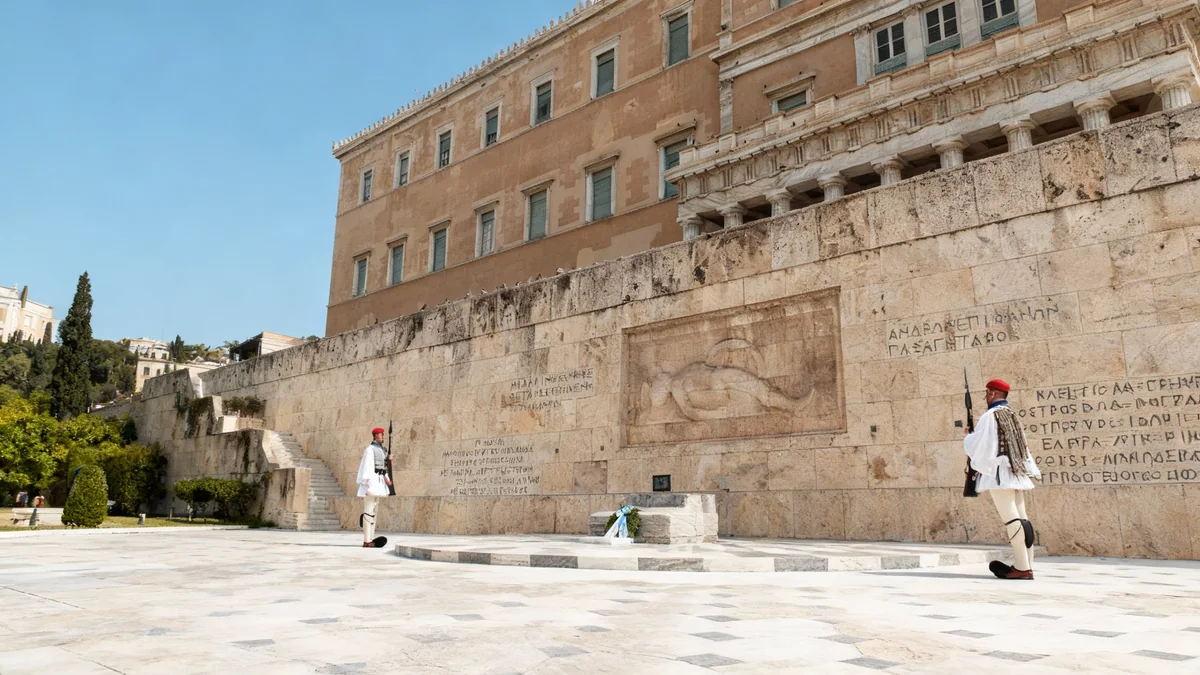A replica of the Christopher Columbus statue, once removed from Baltimore's Inner Harbor, is now preparing for a new home at the White House. This development follows a multi-year effort to recover and recreate the monument after its destruction in 2020.
Key Takeaways
- A replica of Baltimore's Christopher Columbus statue will go to the White House.
- Local artist Tilghman Hemsley led the recovery and recreation effort.
- The original statue was torn down and thrown into the Inner Harbor in 2020.
- Two identical replicas were made; one is intended for the White House, the other possibly for Baltimore.
Baltimore's Columbus Statue: A History of Controversy
For decades, a marble platform in Baltimore's Little Italy held a statue of Christopher Columbus. This monument was a gift from the Italian American Organizations United. It was unveiled by President Ronald Reagan and then-Mayor William Donald Schaefer.
In 2020, during a period of national discussion about historical monuments, protesters removed the statue. They then dragged it into the Inner Harbor. This event drew attention from local residents and artists.
Statue Details
- Original Location: Little Italy, Baltimore
- Gift From: Italian American Organizations United
- Unveiled By: President Ronald Reagan and Mayor William Donald Schaefer
- Removed: 2020
The Recovery and Recreation Effort
Tilghman Hemsley, a local artist and fisherman, was deeply affected by the statue's removal. He saw it as a loss of history. "It's your history, you know, it's our history. And a lot of people say, ‘are you Italian?’ Even though I have Italian in my family, it wasn't about being Italian. It was about being American," Hemsley stated. "It just irritated me so badly."
Driven by this frustration, Hemsley decided to act. He combined his skills in art and fishing to recover the statue's fragments. His first step involved hiring a dive team to retrieve the shattered pieces from the bottom of the Inner Harbor. "I hired a dive team and from 7 a.m. to 9 a.m., we had everything out of the water," he explained.
Digital Reconstruction and Replication
After retrieval, the fragments were transported to the Hemsley family's art studio in Centreville. There, Tilghman's son, Will Hemsley, took charge of the reconstruction process. Will used advanced 3D scanning technology to digitally reassemble the pieces. This method allowed them to create a precise digital model of the original statue.
From this digital model, a mold was created. The mold was then used to produce a new replica. This replica was made from a mixture of crushed marble and resin. Will Hemsley expressed pride in their accomplishment. "I think it's a pretty impressive achievement, considering we did this all within the span of a year to replicate something as close enough to the original as we could, that took a very refined craftsman better part of a decade to do," he said.
Background on Columbus Statues
Statues of Christopher Columbus have become points of contention in many cities across the United States. Supporters view them as symbols of Italian-American heritage and exploration. Opponents argue they represent colonialism, violence, and the suffering of indigenous populations. This debate has led to the removal or recontextualization of several Columbus statues in recent years.
Unexpected White House Destination
Despite the successful recreation, the statue's future remained uncertain for several years. The ongoing public debate surrounding Columbus monuments made finding a new home challenging. Will Hemsley noted that they had to wait for a more favorable political climate. "I think you kind of, unfortunately, had to wait for a time where it was more politically feasible, and those are currents that ebb and flow," he commented.
Recently, the Hemsleys received an unexpected call from the Trump administration. This call provided a new destination for the replica statue: the White House. Tilghman Hemsley was surprised but pleased by this development. "I never thought it would go to the White House. They just called me up and said, ‘can you get it there?’ I'm like, okay," he recounted. "I thought that would be a great place that it's honored."
"I never thought it would go to the White House. They just called me up and said, ‘can you get it there?’ I'm like, okay. I thought that would be a great place that it's honored."
— Tilghman Hemsley, Artist and Fisherman
Future Placement and Second Replica
The exact location of the statue at the White House has not yet been finalized. However, Tilghman Hemsley anticipates it will be placed in a prominent area. "It'll be on the lawn somewhere," he stated, adding, "I would say a pretty prominent area."
The original plan was for the statue to arrive in Washington D.C. before the federal holiday. However, President Trump's trip to the Middle East caused a delay. The statue is now expected to arrive within the next week or so.
Significantly, the Hemsleys did not create just one replica. They produced two identical statues. The second replica was intended as a backup, a precaution in case the first one met a similar fate to the original. "I had it for a reserve for if something would happen," Tilghman Hemsley explained.
- Number of Replicas: Two
- First Replica Destination: White House
- Second Replica Purpose: Backup, potential return to Baltimore
Now, Tilghman Hemsley hopes that Baltimore will consider reserving a spot for this second statue. He suggests it could potentially be placed back in its original location. "You already have the podium," he observed. "Baltimore deserves to have that. I know the people that originally put it up, and there was a lot of pride in that. I mean, one guy that was really involved in it, he's 90 something. You know, he probably would rest easy knowing that it was put back." The return of a replica to Baltimore could offer a sense of closure for those who valued the original monument.
Community Impact and Historical Significance
The story of Baltimore's Christopher Columbus statue reflects broader debates about how historical figures are commemorated in public spaces. For many Italian Americans, the statue symbolized their heritage and contributions to the United States. For others, it represented a painful history of colonization and oppression.
The efforts by Tilghman and Will Hemsley to restore the statue highlight the strong feelings associated with historical markers. Their work represents a dedication to preserving what they view as an important part of American history, even amidst controversy. The journey of this replica to the White House adds another chapter to the statue's complex narrative.
The decision to create two replicas also shows a pragmatic approach to potential future incidents. It underscores the ongoing sensitivity around such monuments. The possibility of the second replica returning to Baltimore could restart local conversations about historical representation and community values.





